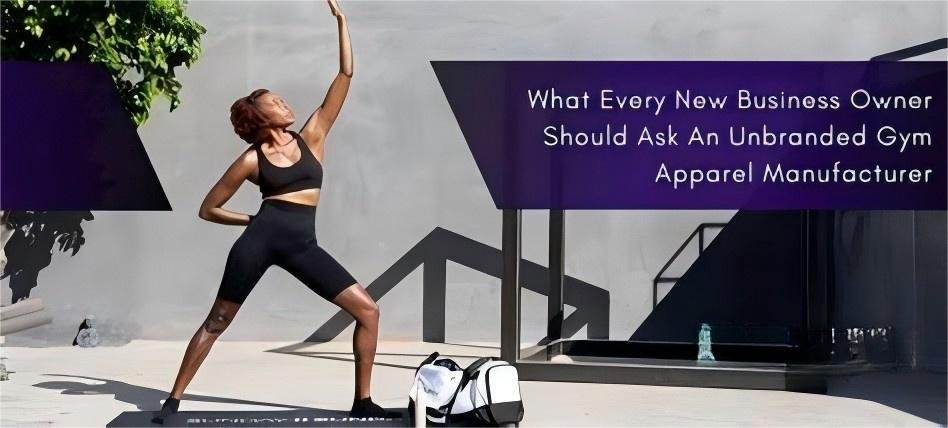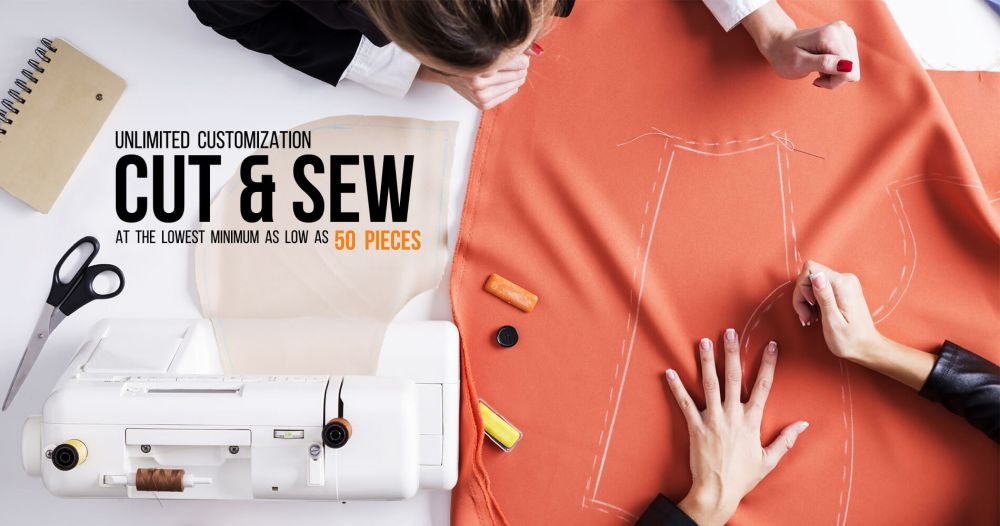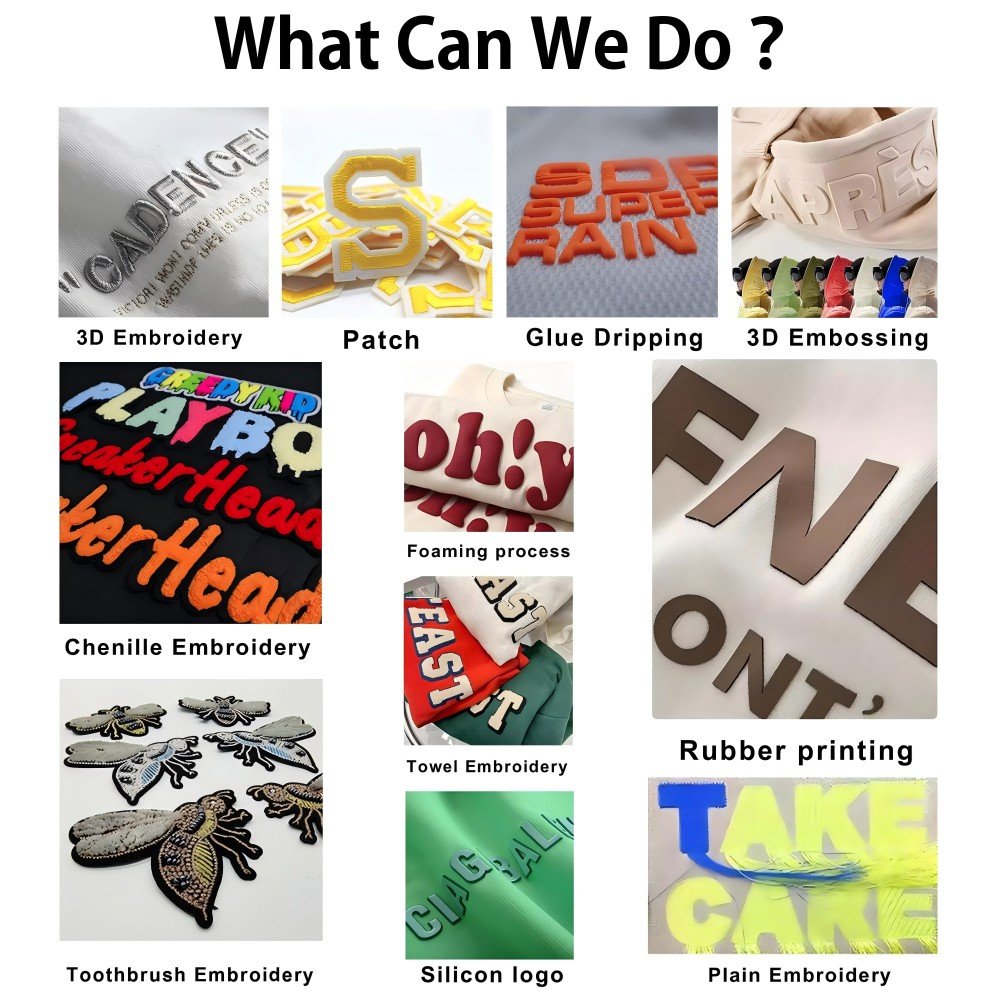No products in the cart.
Custom Yoga Pants
Unbranded Gym Clothing Wholesale: Affordable Fitness Apparel for Retailers
Introduction to Unbranded Gym Clothing Wholesale
Unbranded gym clothing wholesale is a booming industry that offers affordable fitness apparel for retailers. With the increasing popularity of fitness and wellness, the demand for gym clothing has skyrocketed. Retailers are constantly on the lookout for high-quality, trendy, and affordable fitness apparel to cater to their customers’ needs. This is where unbranded gym clothing wholesale comes into play.
Unbranded gym clothing refers to fitness apparel that does not carry any specific brand name or logo. Instead, it focuses on providing high-quality products at a lower cost. This allows retailers to offer affordable options to their customers without compromising on quality. Unbranded gym clothing wholesale suppliers work directly with manufacturers to source products in bulk, enabling them to offer competitive prices to retailers.
Benefits of Unbranded Gym Clothing for Retailers
There are several benefits for retailers who choose to stock unbranded gym clothing. Firstly, the affordability factor allows retailers to offer competitive prices to their customers. This attracts a wider customer base and increases sales potential. Additionally, unbranded gym clothing offers retailers the opportunity to create their own brand identity. By curating a collection of unbranded gym clothing, retailers can establish themselves as a go-to destination for affordable fitness apparel.
Another advantage of unbranded gym clothing is the flexibility it offers retailers. Since there are no specific brand restrictions, retailers have the freedom to mix and match different styles, colors, and designs to create a unique collection. This allows them to cater to a diverse range of customer preferences and stay ahead of the competition.

Why Choose Wholesale for Fitness Apparel?
Choosing wholesale for fitness apparel is a smart business move for retailers. Wholesale suppliers offer bulk quantities at discounted prices, allowing retailers to maximize their profit margins. By purchasing in bulk, retailers can take advantage of economies of scale and reduce their per-unit cost significantly. This enables them to offer competitive prices to their customers while still making a healthy profit.
Furthermore, wholesale suppliers often have a wide range of products available. This means retailers can choose from a variety of styles, sizes, and colors to cater to different customer preferences. Wholesale suppliers also keep up with the latest trends in the fitness apparel industry, ensuring that retailers have access to the most fashionable and in-demand products.
Finding the Right Supplier for Unbranded Gym Clothing
Finding the right supplier for unbranded gym clothing is crucial for retailers. It is important to partner with a reputable and reliable supplier who can consistently deliver high-quality products. Retailers should conduct thorough research and consider factors such as the supplier’s reputation, product quality, pricing, and customer service.
One way to find a reliable supplier is through industry trade shows and exhibitions. These events bring together suppliers and retailers, providing an opportunity to meet face-to-face and establish a business relationship. Online directories and platforms specifically catering to wholesale suppliers can also be a valuable resource for finding the right supplier.
Retailers should also request samples from potential suppliers to assess the quality of the products. This allows them to make an informed decision and ensure that the fitness apparel they stock meets their customers’ expectations.

Top Trends in Unbranded Gym Clothing Wholesale
Staying up-to-date with the latest trends in unbranded gym clothing wholesale is essential for retailers. By offering trendy and fashionable products, retailers can attract a larger customer base and increase sales. Some of the top trends in unbranded gym clothing wholesale include:
1. Athleisure: The athleisure trend, which combines athletic wear with casual wear, continues to dominate the fitness apparel industry. Retailers should stock a range of athleisure pieces such as leggings, joggers, and hoodies to cater to this trend.
2. Sustainable Materials: With increasing awareness about environmental issues, there is a growing demand for sustainable and eco-friendly gym clothing. Retailers should look for suppliers who offer products made from recycled materials or organic fabrics.
3. Bold Prints and Colors: Vibrant prints and bold colors are in high demand among fitness enthusiasts. Retailers should stock gym clothing with eye-catching patterns and bright hues to attract customers.
4. Seamless Technology: Seamless gym clothing provides a comfortable and flattering fit. Retailers should consider stocking seamless leggings, sports bras, and tops to cater to customers looking for a sleek and streamlined look.
5. Functional Accessories: Accessories such as gym bags, water bottles, and sweatbands are becoming increasingly popular. Retailers can enhance their product offerings by including functional accessories that complement their gym clothing collection.

Quality Assurance: Ensuring the Best Fitness Apparel for Retailers
Maintaining quality assurance is crucial for retailers who stock unbranded gym clothing. Customers expect high-quality products that are durable, comfortable, and functional. Retailers should partner with suppliers who have strict quality control measures in place to ensure that the fitness apparel meets industry standards.
One way to ensure quality is by requesting product samples from suppliers before making a bulk purchase. Retailers should thoroughly inspect the samples for any defects, such as loose threads, uneven stitching, or fabric flaws. They should also assess the overall fit, comfort, and functionality of the products.
Additionally, retailers should consider customer feedback and reviews when selecting suppliers. Positive reviews and testimonials indicate that the supplier consistently delivers high-quality products. Retailers can also conduct their own quality checks by testing the products themselves or seeking feedback from trusted customers.

Pricing and Profit Margins for Unbranded Gym Clothing Wholesale
Pricing is a critical factor for retailers when it comes to unbranded gym clothing wholesale. Retailers need to strike a balance between offering competitive prices to attract customers and maintaining healthy profit margins. Wholesale suppliers offer discounted prices for bulk purchases, allowing retailers to achieve a lower per-unit cost.
To determine the pricing for unbranded gym clothing, retailers should consider factors such as the cost of goods, overhead expenses, and desired profit margins. It is important to conduct a thorough cost analysis to ensure that the pricing is sustainable and profitable.
Retailers should also keep an eye on the market and competitors’ pricing to stay competitive. However, it is essential to differentiate the business by offering unique value propositions such as superior customer service, curated collections, or exclusive designs. This allows retailers to justify slightly higher prices and maintain profitability.Marketing Strategies for Selling Unbranded Gym Clothing
Effective marketing strategies are essential for retailers to successfully sell unbranded gym clothing. Retailers should focus on creating a strong brand identity and reaching their target audience through various marketing channels. Here are some marketing strategies that can help retailers promote their unbranded gym clothing:
1. Social Media Marketing: Social media platforms such as Instagram, Facebook, and TikTok are powerful tools for reaching fitness enthusiasts. Retailers should create engaging content, collaborate with influencers, and run targeted ads to increase brand visibility and drive sales.
2. Content Marketing: Creating informative and engaging content related to fitness, wellness, and fashion can help retailers establish themselves as industry experts. This can be done through blog posts, videos, or podcasts. Retailers can also collaborate with fitness influencers or experts to create valuable content.
3. Email Marketing: Building an email list allows retailers to directly communicate with their customers and promote new arrivals, sales, and exclusive offers. Retailers should create compelling email campaigns that provide value to the subscribers and encourage them to make a purchase.
4. Collaborations and Partnerships: Collaborating with fitness studios, gyms, or wellness influencers can help retailers expand their reach and tap into new customer segments. Retailers can offer exclusive discounts or create co-branded collections to attract customers from these partnerships.
5. In-Store Events: Hosting in-store events such as fitness classes, workshops, or trunk shows can create a unique shopping experience for customers. This allows retailers to engage with their target audience, showcase their products, and build brand loyalty.
Customer Preferences: What Retailers Should Know
Understanding customer preferences is crucial for retailers who stock unbranded gym clothing. By catering to their customers’ needs and preferences, retailers can increase customer satisfaction and loyalty. Here are some key customer preferences that retailers should be aware of:
1. Quality: Customers expect high-quality gym clothing that is durable, comfortable, and functional. Retailers should prioritize quality when selecting suppliers and ensure that the products meet industry standards.
2. Fit and Comfort: Fit and comfort are essential factors for customers when choosing gym clothing. Retailers should offer a range of sizes and styles to cater to different body types and preferences. Providing size charts and detailed product descriptions can help customers make informed purchasing decisions.
3. Trendiness: Customers are drawn to trendy and fashionable gym clothing. Retailers should stay up-to-date with the latest trends and stock products that reflect current fashion preferences.
4. Versatility: Customers appreciate gym clothing that can be worn for various activities, such as yoga, running, or weightlifting. Retailers should offer versatile pieces that can be easily mixed and matched to create different workout outfits.
5. Value for Money: Customers are looking for affordable options without compromising on quality. Retailers should offer competitive prices and highlight the value customers receive when purchasing their unbranded gym clothing.
Scaling Up: Expanding Your Fitness Apparel Business
Once retailers have established a successful business selling unbranded gym clothing, they may consider scaling up and expanding their operations. Here are some strategies to help retailers grow their fitness apparel business:
1. Diversify Product Range: Retailers can expand their product range by adding complementary items such as accessories, footwear, or athleisure wear. This allows them to cater to a wider customer base and increase sales potential.
2. Online Presence: Investing in an e-commerce platform allows retailers to reach customers beyond their physical store location. An online presence enables retailers to tap into a global market and increase brand visibility.
3. Wholesale Partnerships: Retailers can explore wholesale partnerships with other retailers or fitness studios. This allows them to reach a larger customer base and increase sales volume.
4. Private Labeling: Private labeling involves creating a unique brand identity and labeling the products with the retailer’s own logo or branding. This allows retailers to establish themselves as a distinct brand and differentiate from competitors.
5. International Expansion: Retailers can consider expanding their business internationally by partnering with distributors or opening stores in different countries. This allows them to tap into new markets and reach a larger customer base.

Case Studies: Success Stories of Retailers with Unbranded Gym Clothing
Several retailers have found success by stocking unbranded gym clothing. One such success story is FitStyle, a retailer that started as a small boutique offering unbranded gym clothing. FitStyle focused on curating a collection of high-quality, trendy, and affordable fitness apparel. By offering competitive prices and exceptional customer service, FitStyle quickly gained a loyal customer base and expanded its operations. Today, FitStyle has multiple stores across the country and a thriving online presence.
Another success story is FlexFit, a retailer that specializes in unbranded gym clothing for men. FlexFit recognized the growing demand for affordable and stylish gym clothing among men and curated a collection that catered specifically to their needs. By focusing on quality, fit, and comfort, FlexFit became a go-to destination for men’s fitness apparel. The retailer’s success allowed them to expand their product range and open additional stores.
Conclusion: Unbranded Gym Clothing Wholesale as a Profitable Business Opportunity
Unbranded gym clothing wholesale offers retailers an affordable and profitable business opportunity. By partnering with reliable suppliers, retailers can offer high-quality fitness apparel at competitive prices. The benefits of unbranded gym clothing, such as affordability, flexibility, and the opportunity to create a unique brand identity, make it an attractive option for retailers.
To succeed in the unbranded gym clothing wholesale business, retailers should stay up-to-date with the latest trends, ensure quality assurance, and implement effective marketing strategies. Understanding customer preferences and scaling up operations are also key factors for long-term success.
With the increasing popularity of fitness and wellness, the demand for gym clothing is expected to continue growing. Retailers who seize the opportunity to stock unbranded gym clothing can tap into this lucrative market and establish a profitable business. By offering affordable and high-quality fitness apparel, retailers can cater to the needs of fitness enthusiasts and build a loyal customer base.
